Collectibles
Swedish Biedermeier
SHARE
Swedish Biedermeier: A Refined and Elegant Design Movement
The Biedermeier style, which emerged in the early 19th century, is often associated with the German-speaking regions of Europe. However, this refined and elegant design movement also had a significant impact on Swedish furniture, interiors, and decorative arts. Swedish Biedermeier, while sharing some core characteristics with its German counterpart, developed its own distinct aesthetic that reflected the unique cultural and social influences of Sweden.
At its core, Swedish Biedermeier design was characterized by a focus on functionality, simplicity, and a restrained, understated elegance. Unlike the ornate and elaborate styles that preceded it, such as Rococo and Baroque, Biedermeier furniture and decor emphasized clean lines, gentle curves, and a harmonious balance of form and function. This design philosophy was a direct response to the social and political changes sweeping through Europe in the early 19th century, as the growing middle class sought more practical and affordable furnishings for their homes.
In Sweden, the Biedermeier style emerged against the backdrop of a period of relative political and economic stability. After the Napoleonic Wars, Sweden experienced a surge of national pride and a renewed interest in its own cultural heritage. This sentiment was reflected in the design of the era, which often incorporated traditional Swedish motifs and materials into the Biedermeier aesthetic.
One of the most distinctive features of Swedish Biedermeier furniture is its use of native woods, such as birch, pine, and oak. These materials were not only readily available but also well-suited to the clean, minimalist lines of the Biedermeier style. Furniture makers often highlighted the natural beauty of the wood, using simple, unadorned finishes that allowed the grain to shine through.
Another hallmark of Swedish Biedermeier design is its emphasis on functionality and practicality. Pieces were often designed with specific purposes in mind, such as storage, seating, or display, and were crafted with an eye towards efficiency and ease of use. This practical approach extended to the overall layout and organization of Biedermeier interiors, which were often characterized by a sense of order and balance.
Despite its focus on simplicity and functionality, Swedish Biedermeier design was not without its decorative elements. Furniture and decor were often embellished with delicate carvings, inlays, or painted motifs that added a touch of refinement and elegance. These decorative elements were typically inspired by nature, with floral and geometric patterns being particularly popular.
One of the most iconic examples of Swedish Biedermeier design is the Gustavian style, which emerged during the reign of King Gustav III in the late 18th century. Gustavian furniture and interiors shared many of the same characteristics as Biedermeier, with their emphasis on clean lines, light colors, and a harmonious balance of form and function. However, Gustavian design also incorporated elements of French Neoclassicism, resulting in a unique hybrid style that was widely admired and emulated throughout Sweden.
The influence of Swedish Biedermeier design can still be felt today, both in the country’s rich design heritage and in the work of contemporary furniture makers and interior designers. The clean, elegant lines and practical functionality of Biedermeier-inspired pieces continue to resonate with modern audiences, who appreciate the timeless beauty and enduring appeal of this distinctive design movement.
Whether you’re drawn to the understated elegance of a Biedermeier-style armchair or the refined simplicity of a Gustavian-inspired sideboard, the legacy of Swedish Biedermeier design continues to inspire and captivate design enthusiasts around the world.

Van Cleef and Arpels Zodiac Pendants

Renée Puissant
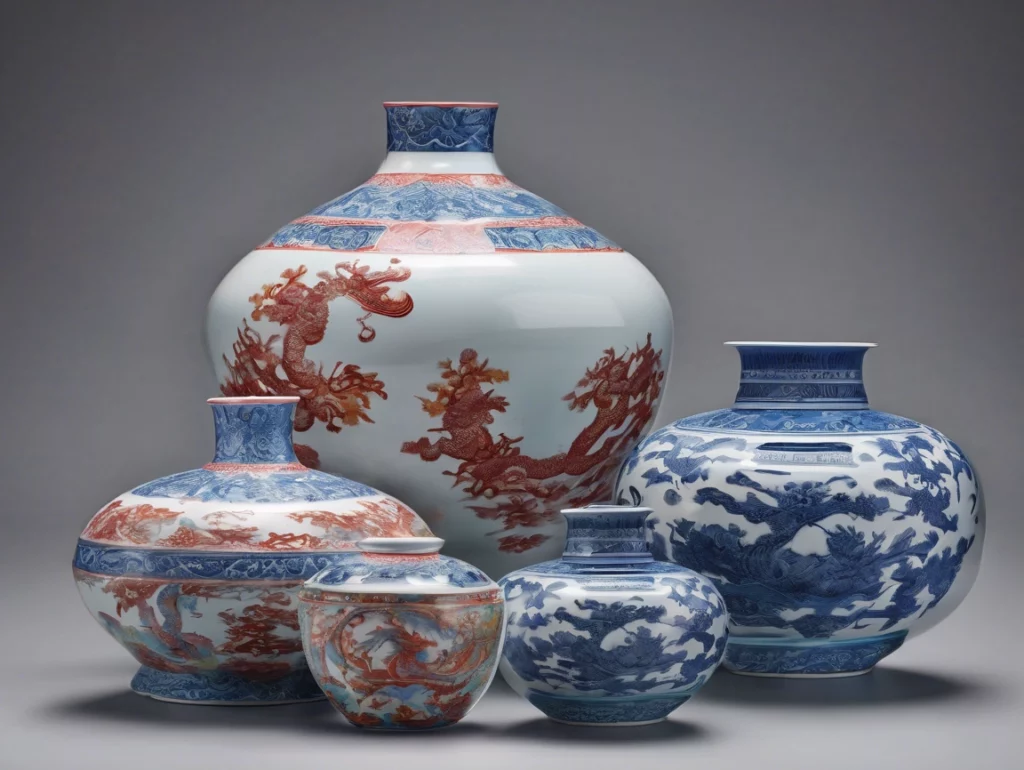
Chinese Imperial Porcelain

Business and bankruptcy liquidators

Walter J Hall

Signoretti

Indomptables De Cartier

Business Liquidations
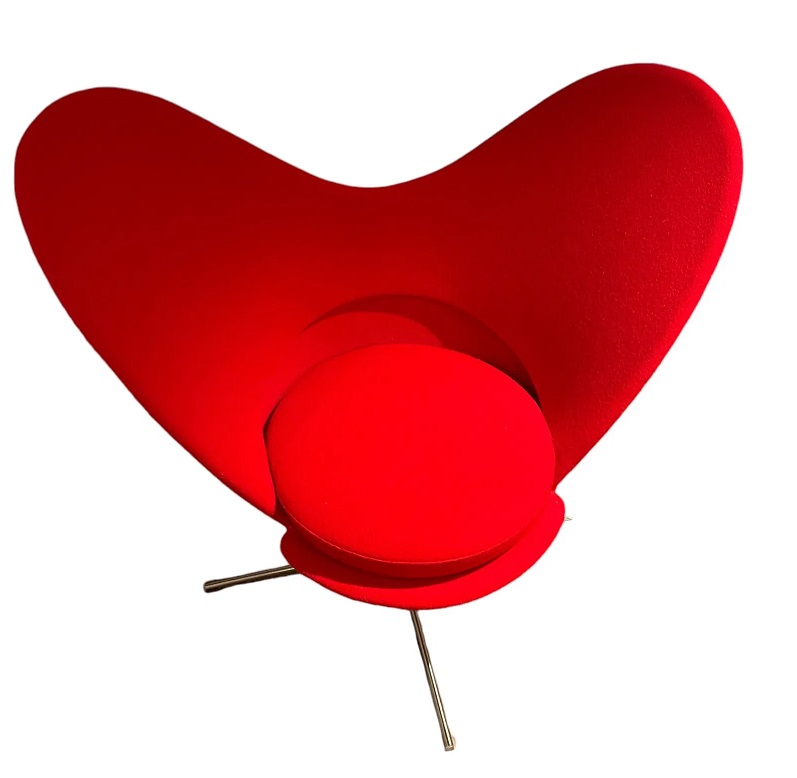
Vernor Panton – Heart Cone Chair
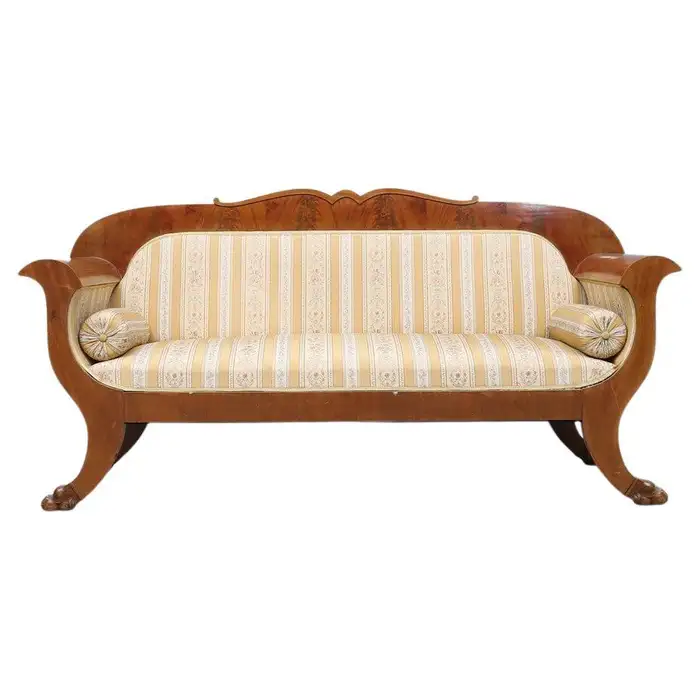
Swedish Biedermeier

Fredric Karoly

Reginald Pollack
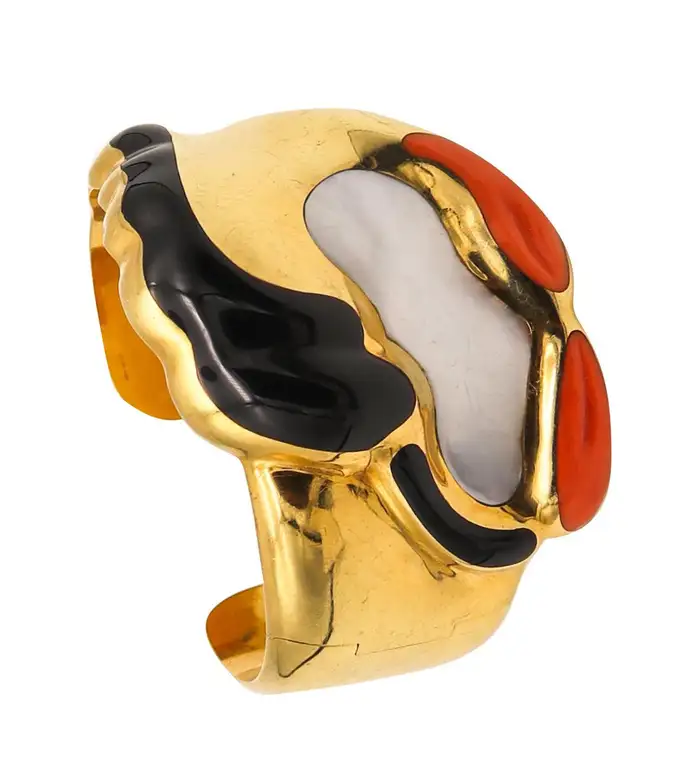
Elsa Peretti for Tiffani & Co
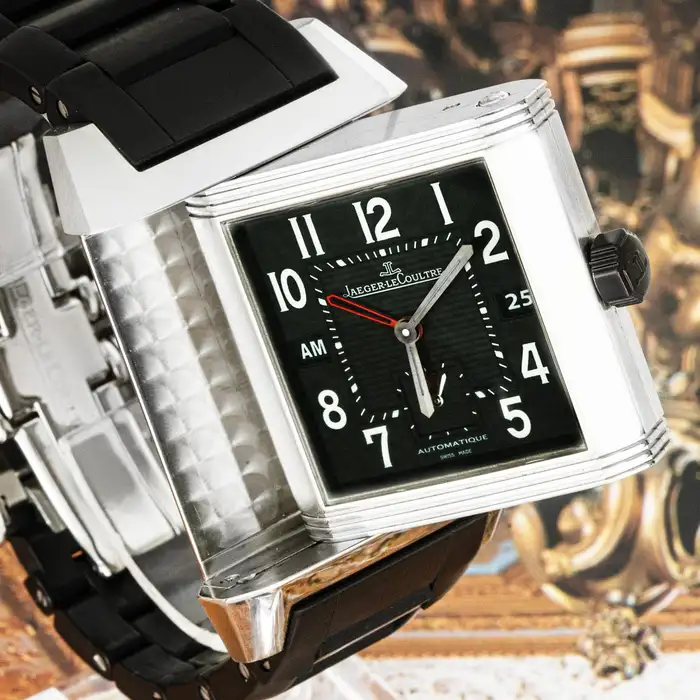
Jaeger-LeCoultre watches

Tahitian pearls

Rock and Roll Art

Classic Porsche
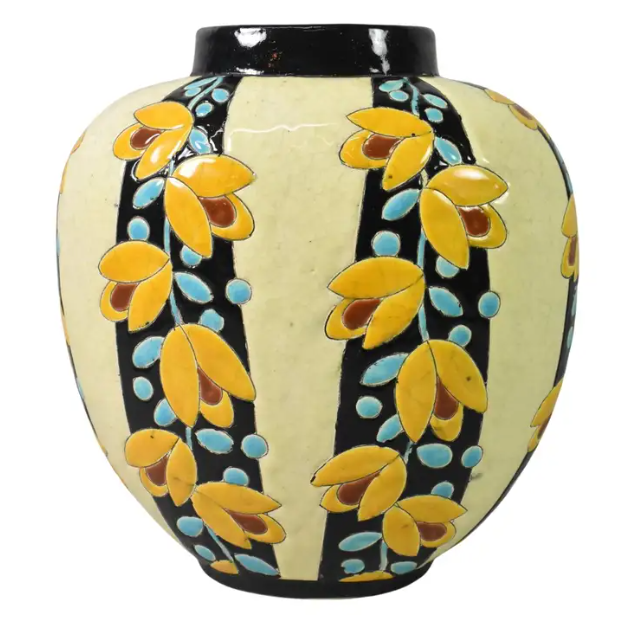
Charles Catteau

Kyle Morris

Banksy

Cartier Flora & Fauna

Beatrice Mandelman

Berlingots De Cartier
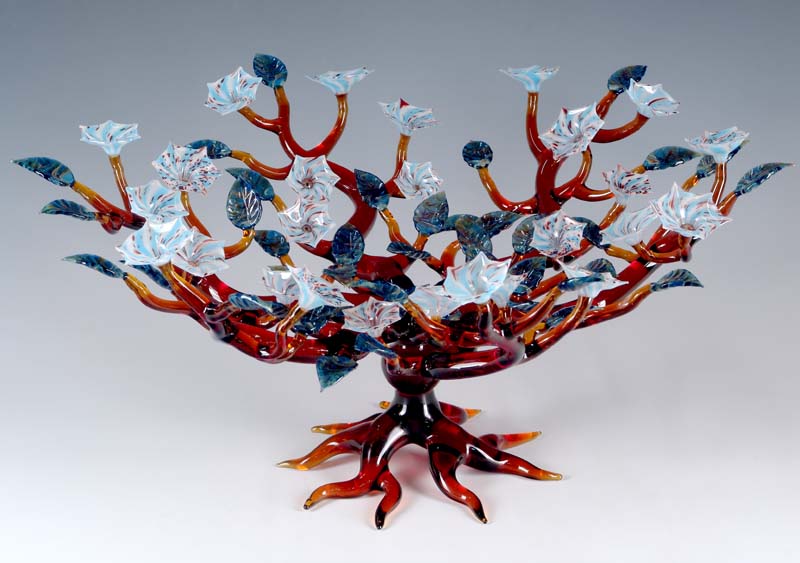
Robert Mickelsen

Ellen Negley Art
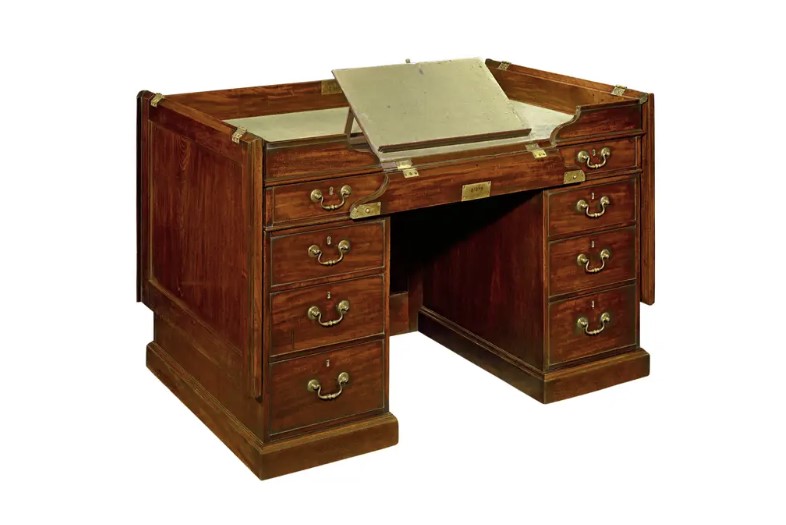
Thomas Chippendale
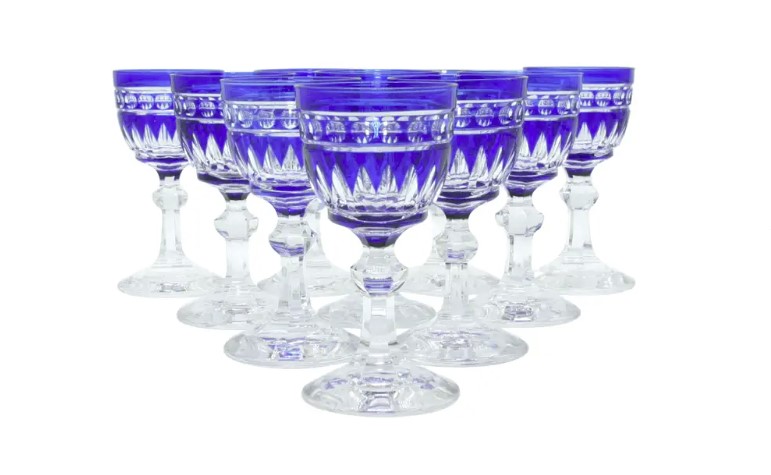
Val Saint Lambert

The Most Expensive Car Ever Sold
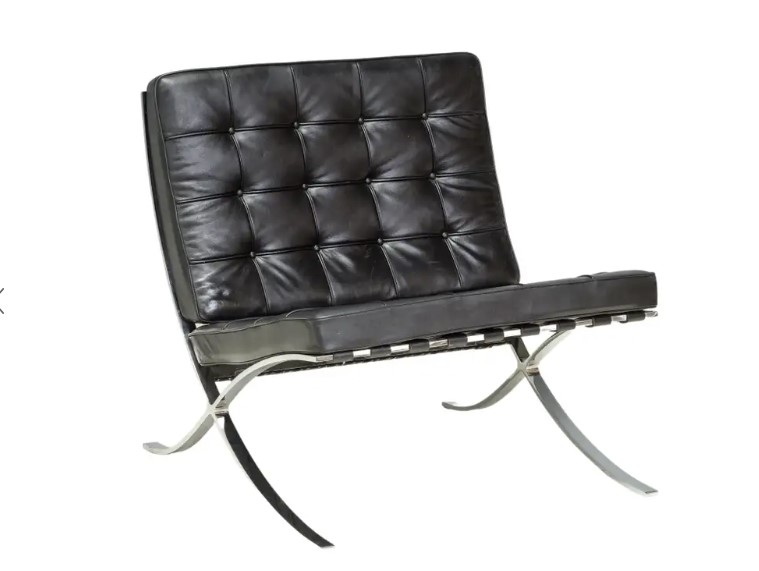
Ludwig Mies van der Rohe

Why Are Rubies So Hard To Find Now?

Fine Art Investment
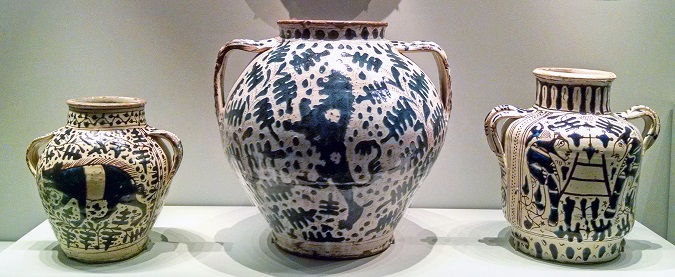
Important Pottery

Rolls Royce Phantom Syntopia

Hollywood Memorabilia

Classic Cars

Chanel vs Louis Vuitton vs Hermes.
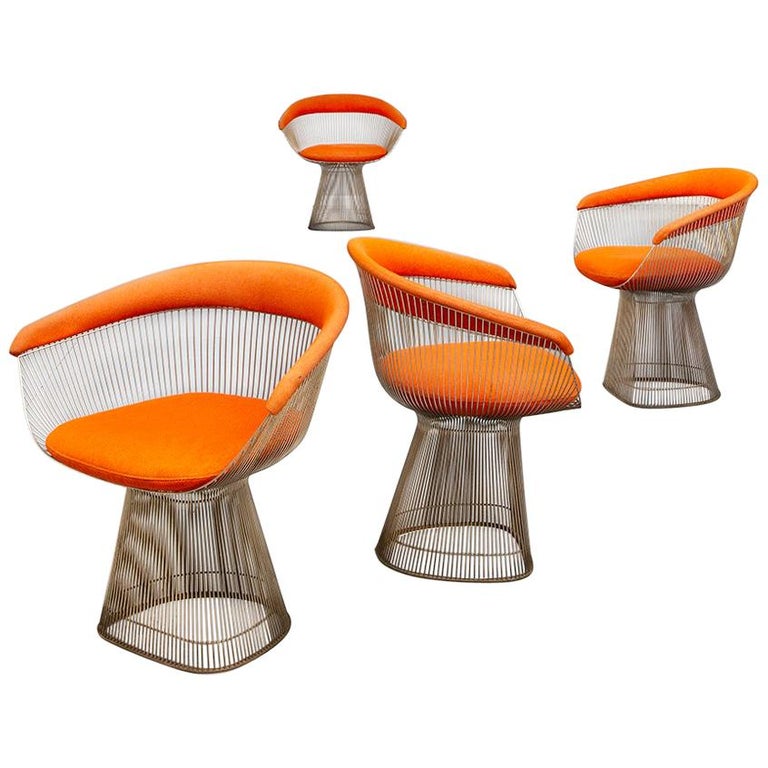
Why mid century, vintage collectibles are so valuable.
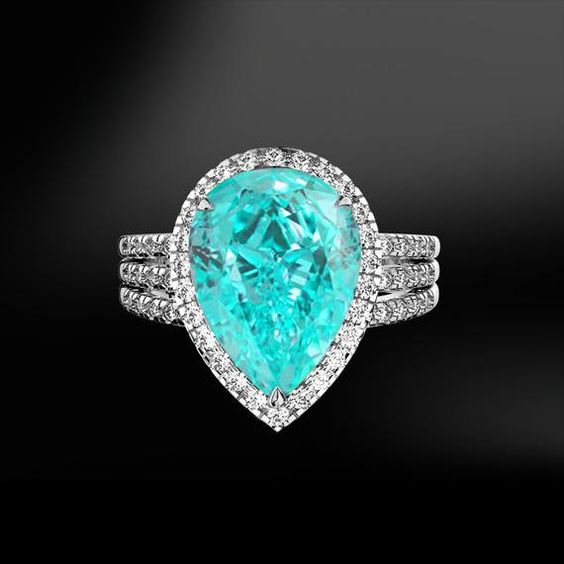
What makes a Paraiba tourmaline so neon bright in color?
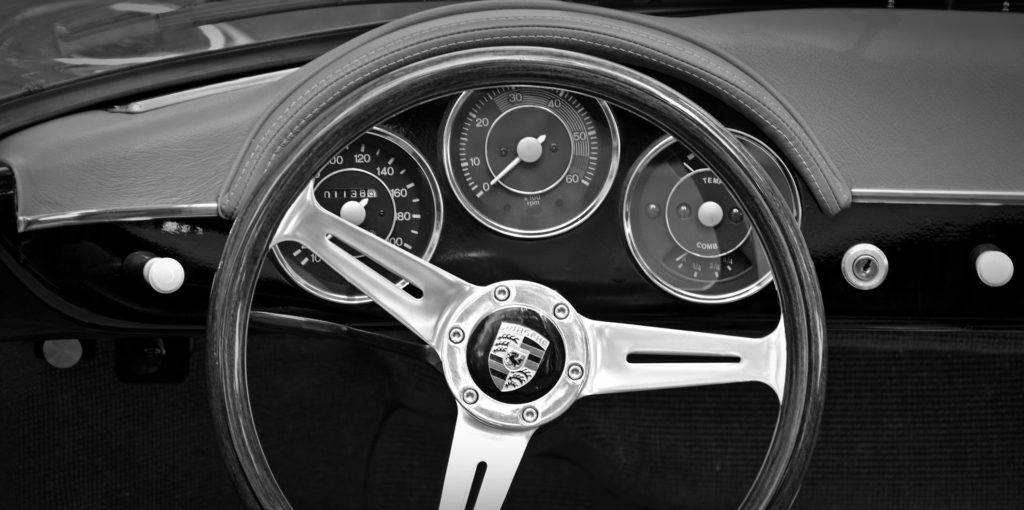
Why use a third party?

Helping Your Loved One Handle Finances After Losing Their Spouse

The new trend in 2021 was auctions

Real Estate Post Pandemic
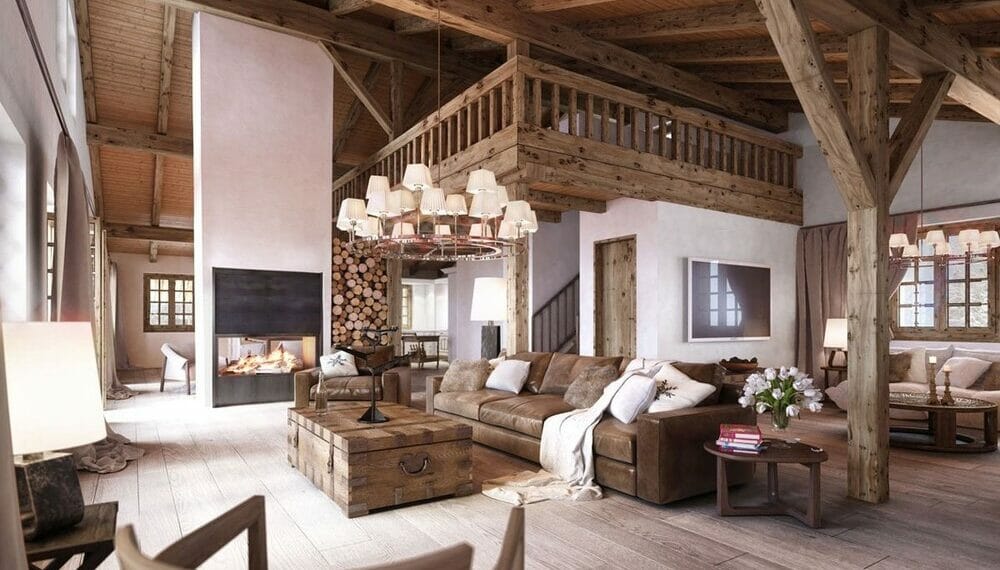
Antiques and rustic items for interior design

Erte auction results

Can sneakers be an investment?
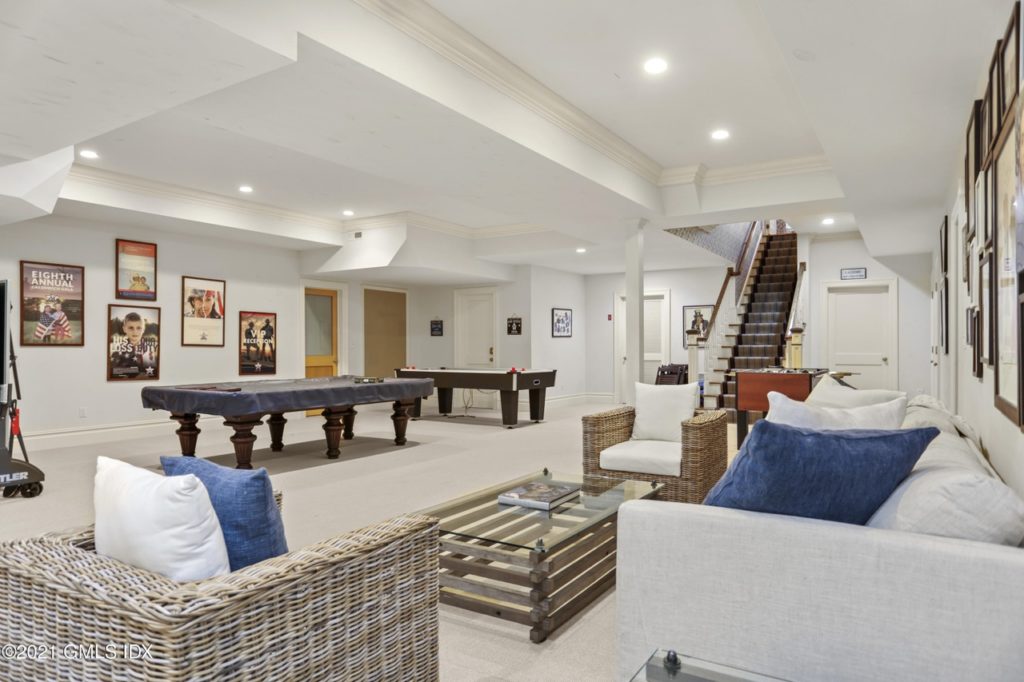
Real Estate, Covid, Estate Sales, Gold, Interest Rates & more.

Selling Fine Jewelry

Kings Auctions Inc December Newsletter
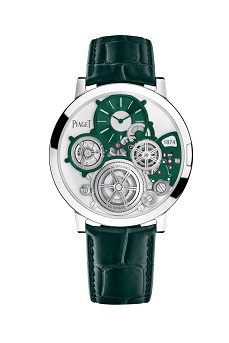
Are luxury brands going green too?

The Rolex Submariner
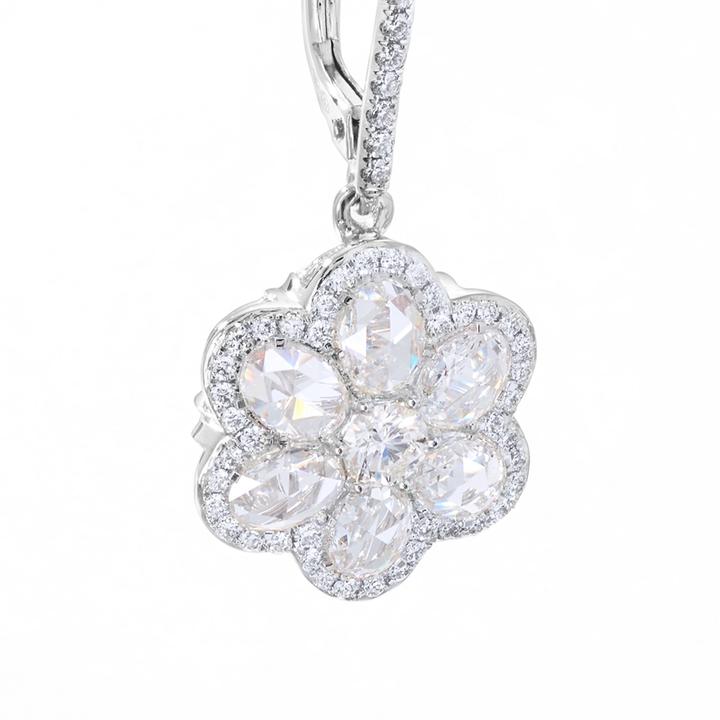
Fine jewelry and gemstones

Why we love classic cars.

Resale designer clothing

Wristwatches
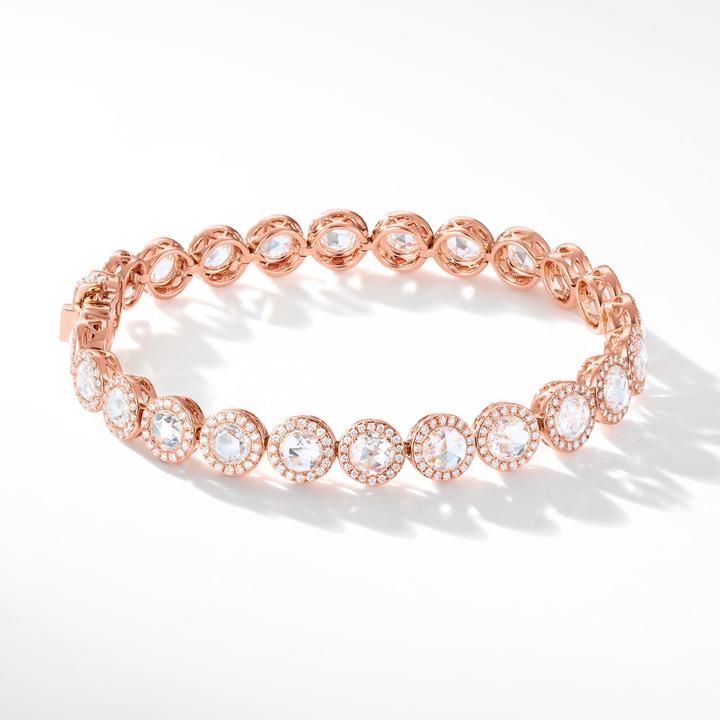
What’s the best way to resell fine jewelry?
